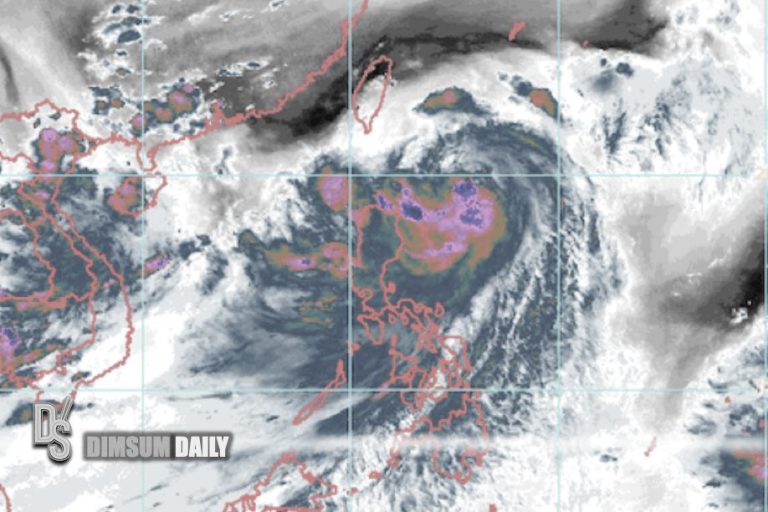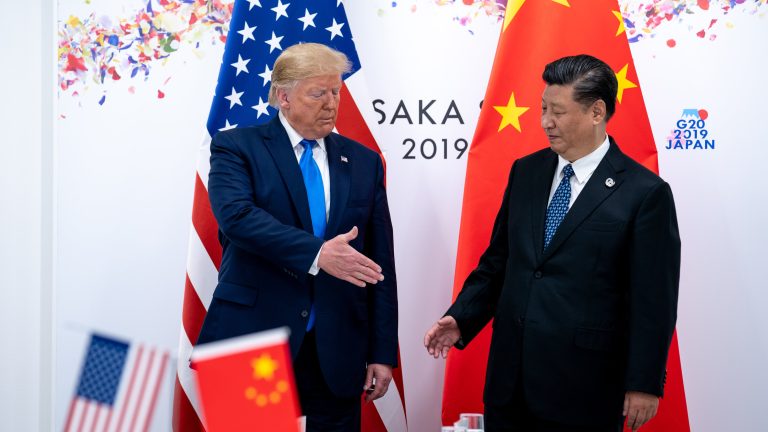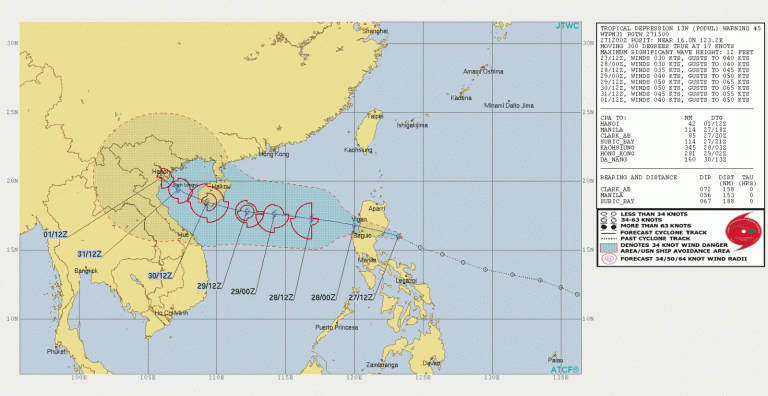US and China Extend Critical Trade Tariff Truce, Averting Economic Escalation
In a significant diplomatic move, the United States and China have agreed to extend their tariff truce for an additional 90 days, providing a crucial breathing space for global trade and preventing potentially devastating economic consequences. Announced on December 8, 2025, the extension suspends planned tariff increases that could have effectively created a trade embargo between the world’s two largest economies.
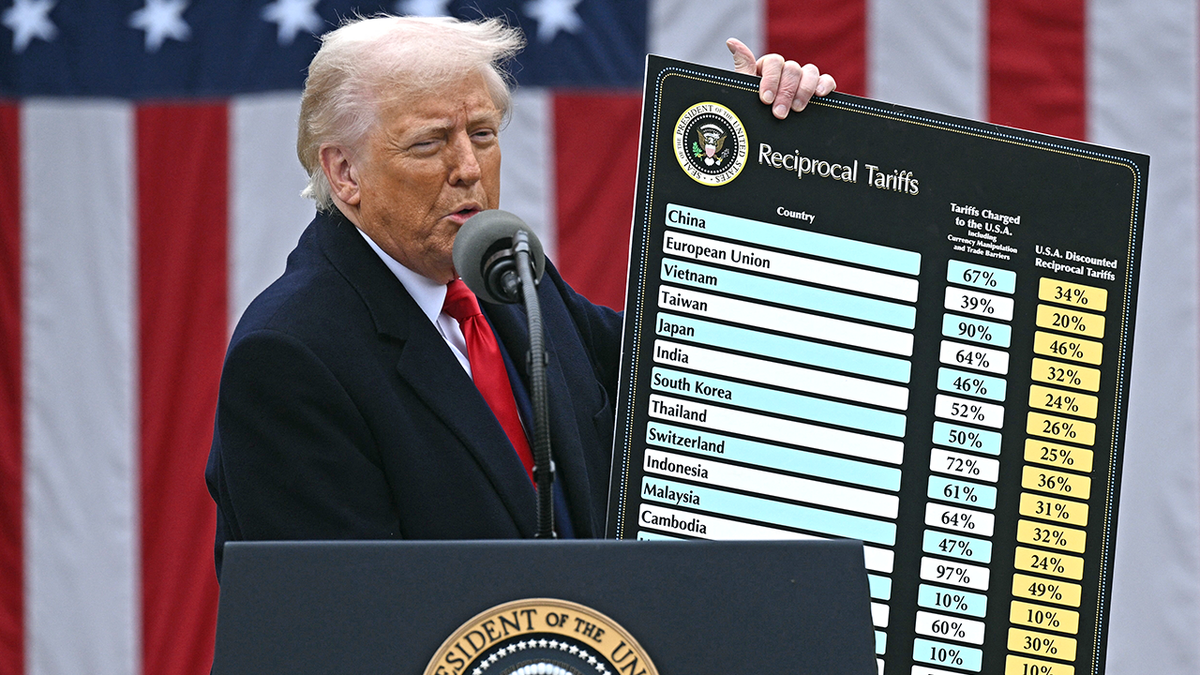
The stakes were remarkably high, with potential tariffs threatening to surge to 145 percent on Chinese goods entering the US and 125 percent on US goods entering China. Instead, current tariff rates will remain stable: 30 percent on Chinese imports to the US and 10 percent on US imports to China. This decision comes at a particularly strategic moment, aligning with the critical autumn import season preceding the year-end holiday period.
US President Donald Trump, who announced the extension via his Truth Social platform, framed the move as addressing long-standing trade imbalances and national security concerns. Simultaneously, China’s Commerce Ministry confirmed the pause on additional tariffs and postponed trade and investment restriction lists for the same period.
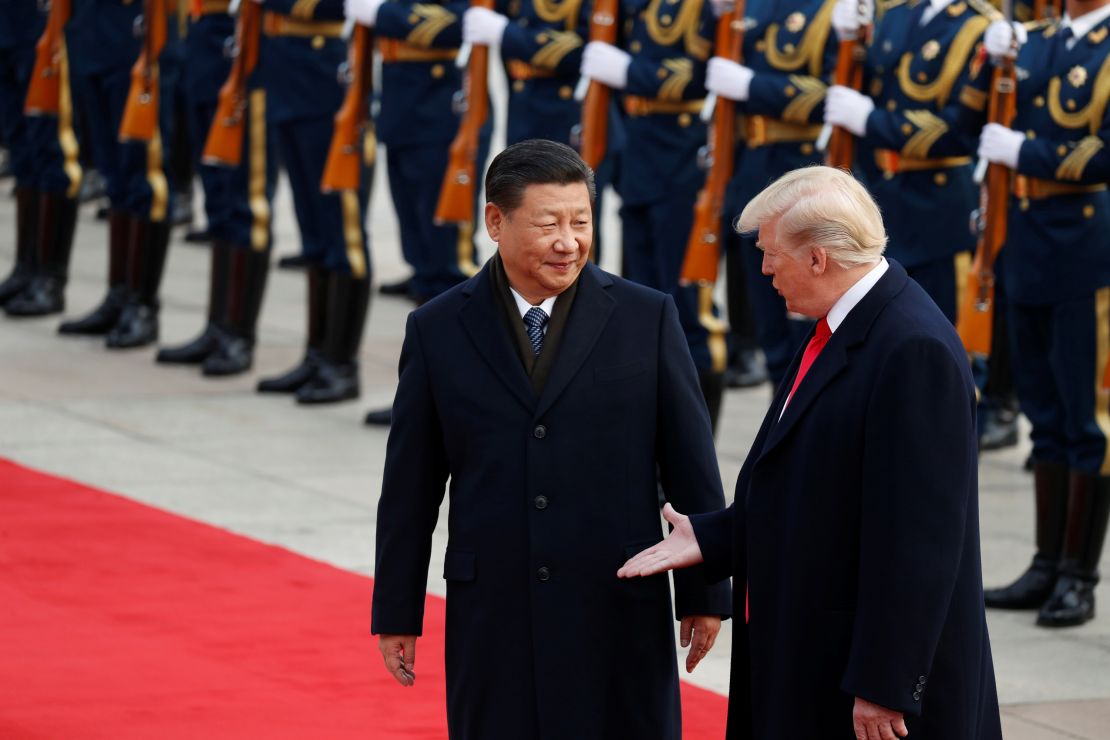
The extension’s timing is no coincidence. Originating from a truce established in May 2025 during Geneva talks and reinforced by negotiations in Stockholm, the agreement reflects ongoing diplomatic efforts to stabilize economic relations. Trade experts like Wendy Cutler from the Asia Society Policy Institute view these de-escalatory steps as potentially laying groundwork for a future summit between Presidents Trump and Xi Jinping.
Economic data underscores the profound impact of these trade dynamics. US Commerce Department figures reveal that imports from China experienced significant fluctuations earlier in 2025, with a sharp decline in June. The US trade deficit with China narrowed to $9.5 billion that month—the lowest since February 2004—representing a remarkable 70 percent reduction from the previous year.

Beyond tariffs, geopolitical complexities continue to shape negotiations. The US has been pressuring China on multiple fronts, including urging Beijing to halt Russian oil purchases in connection with the Ukraine conflict. Treasury Secretary Scott Bessent has consistently argued that previous triple-digit tariffs were unsustainable, effectively creating a trade embargo.
Trade officials like Kelly Ann Shaw note that the last-minute nature of the extension aligns with Trump’s distinctive negotiation strategy, suggesting potential behind-the-scenes concessions from China. The agreement provides businesses on both sides much-needed stability, particularly for US retailers preparing to stock holiday inventories of electronics, apparel, and toys.

While challenges remain, including unresolved trade imbalances and geopolitical tensions, the 90-day extension signals a mutual commitment to dialogue and economic stability. Both nations appear willing to continue negotiations, recognizing the global economic implications of their relationship.
As businesses and economists watch closely, this tariff truce extension represents more than a temporary reprieve—it’s a critical opportunity to reshape the economic relationship between the United States and China, potentially setting the stage for more comprehensive future agreements.

